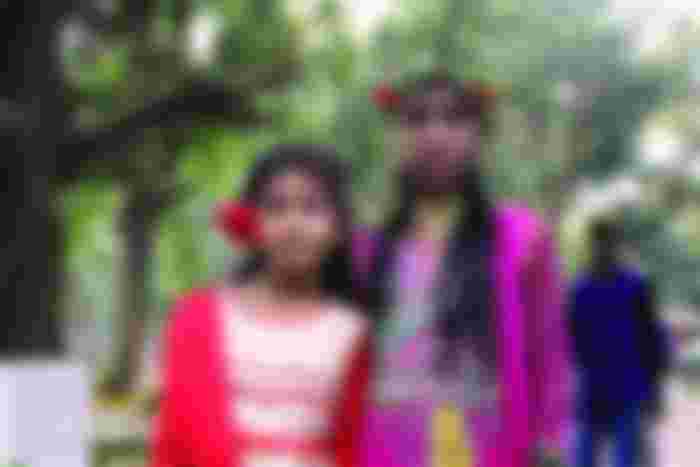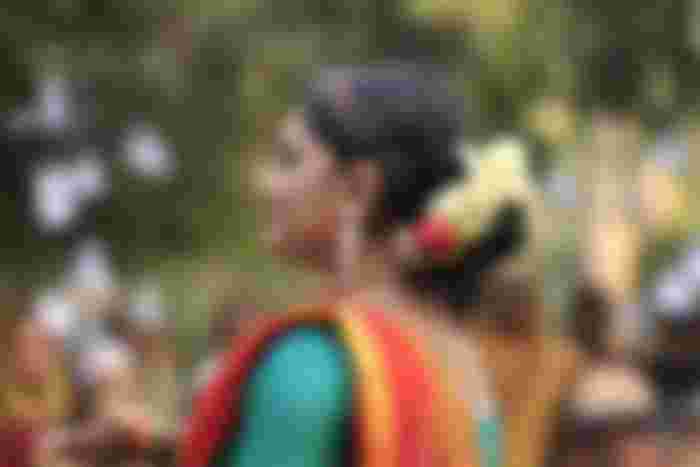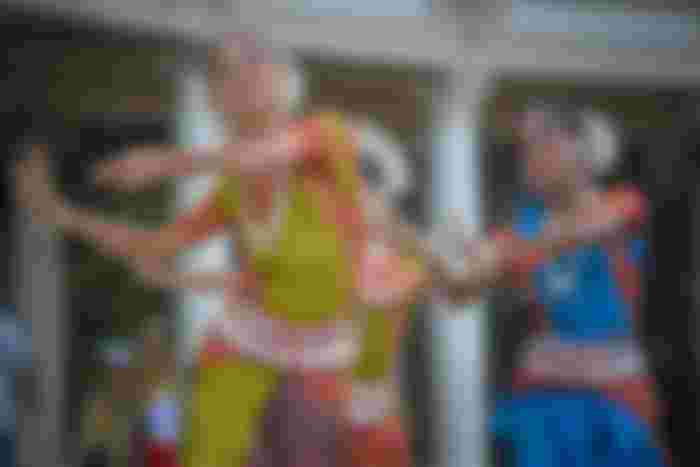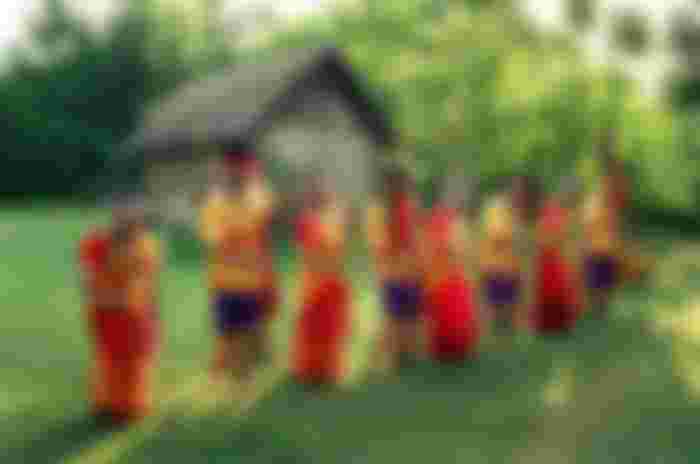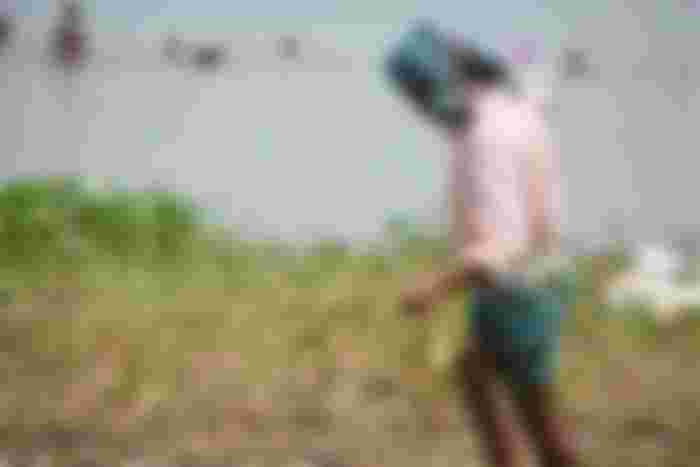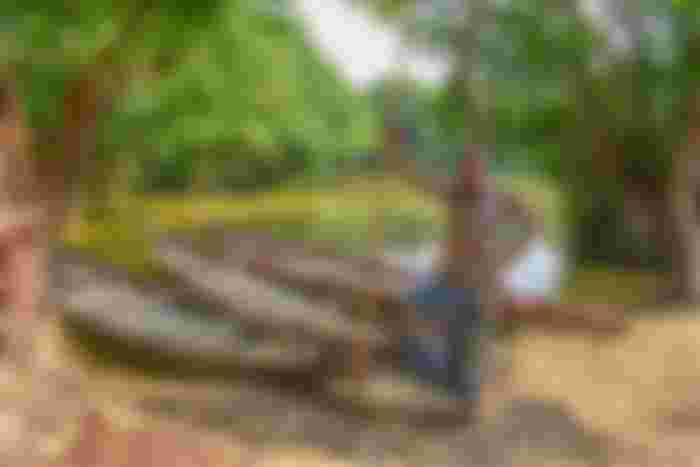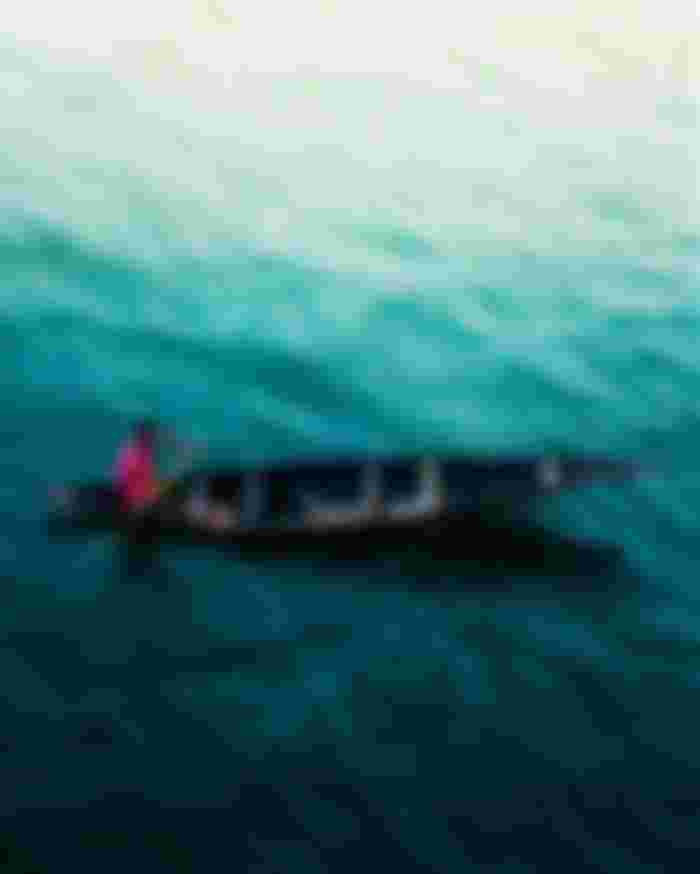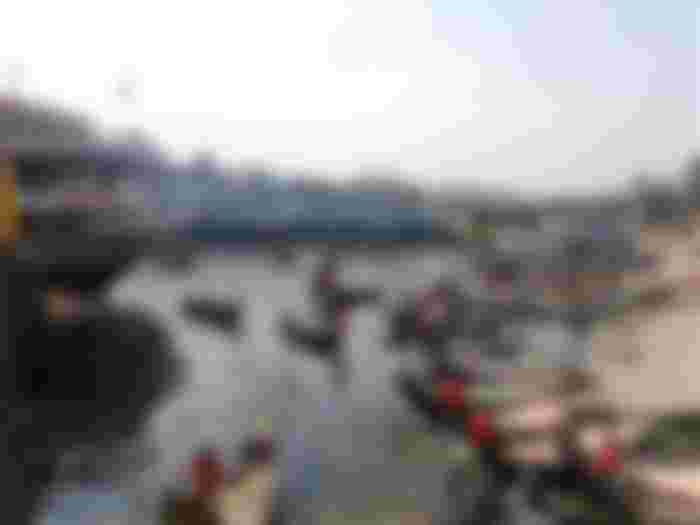Bangladesh has a culture that envelops components both old and new. The Bengali language flaunts a rich scholarly legacy, which Bangladesh imparts to the Indian province of West Bengal. The most punctual scholarly content in Bengali is the eighth-century Charyapada. Archaic Bengali writing was frequently either strict or adjusted from different dialects. Bengali writing arrived at its full articulation in the nineteenth century, with its most noteworthy symbols being artists Rabindranath Tagore, Michael Madhusudan Dutt, and Kazi Nazrul Islam.
Bangladesh additionally has a long convention in society writing, for instance, Maimansingha Gitika, Thakurmar Jhuli, and stories identified with Gopal Bhar, Birbal, and Molla Nasiruddin.
The melodic convention of Bangladesh is verses based (Baniprodhan), with negligible instrumental backup. The Baul convention is an unmistakable component of Bengali society music. Various other melodic customs exist including Gombhira, Bhatia, and Bhawaiya, fluctuating starting with one area then onto the next. Society music is frequently joined by the ektara, an instrument with just one string. Different instruments incorporate the dotara, dhol, woodwind, and tabla. Bangladesh additionally has a functioning legacy in North Indian old style music. Likewise, Bangladeshi move structures draw from people's customs, particularly those of the ancestral gatherings, just as the more extensive Indian move convention.
Festivals:
A progression of celebrations differing from competition to race is seen here. A portion of the Muslim customs is Eid-e-Miladunnabi, Eid-ul-Fitr, Eid-ul-Azha, Muharram, and so forth. Hindus watch Durga Puja, Saraswati Puja, Kali Puja, and numerous different pujas. Christmas ( famously called Baradin in Bangla ) is seen by Christians. Additionally, there are some regular celebrations, which are watched countrywide by individuals independent of races. Pahela Baishakh (the primary day of Bangla year) is such a celebration. Public celebrations are Independence Day (26th March), 21st February (the National Mourning Day and World Mother Language Day), The Victory Day (sixteenth December), Rabindra and Nazrul Jayanti, and so forth.



Writing:
Bangalees have a rich abstract legacy. The soonest accessible example of Bengali writing is around a thousand years of age. During the middle age time frame. Bengali Literature grew impressively with the support of Muslim rulers. Chandi Das, Daulat Kazi, and Algol are a portion of the popular writers of the period. The period of current Bengali Literature started in the late nineteenth century Rabindranath Tagore, the Nobel Laureate is an essential piece of Bangalee culture. Kazi Nazrul Islam, Michael Madhusudan Datta. Sarat Chandra Chattopadhyay, Bankim Chandra Chattopadhyay, Mir Mosharraf Hossain, and Kazi Abdul Wadud are the pioneers of present-day Bengali Literature.
Music:
The customary music in Bangladesh shares the points of view of that of the Indian sub-landmass. Music in Bangladesh can be separated into three particular classifications - old-style, people, and present day. The old-style music, both vocal and instrumental is established in the far off past of the sub-mainland. Ustad Alauddin Khan and Ustad Ayet Ali Khan are two names in traditional instrumental music that are universally known.
The store of society tune has large amounts of otherworldly verses of Lalan Shah, Hasan Raja, Romesh Shill, and numerous mysterious lyricists. Bangla music field is advanced with Jari, Shari, Bhatiali, Murshidi, and different sorts of society tunes. Rabindra Sangeet and Nazrul Sangeet are Bangalees' valuable legacy. Current music is additionally rehearsed broadly. Contemporary examples have more tendencies to the west. Pop tune and band bunches are additionally coming up principally in Dhaka City.
Instruments
Bangladesh has a decent number of instruments initially of her own. Initially, nation instruments incorporate, Banshi (bamboo woodwind), Dhole (wooden drums), Ektara (a solitary stringed instrument), Dotara (a four-stringed instrument), Mandira (a couple of metal hollers utilized as a beat instrument), Khanjani, Sharinda, and so on. Presently a-days western instruments, for example, Guitar, Drums, Saxophone, Synthesizer, and so forth are being utilized close by nation instruments.
Painting:
There is a rich convention of present-day painting which was spearheaded by Zainul Abedin, Kamrul Hassan, Anwarul Haque, Shafiuddin Ahmed, and S. M. King. Zainul Abedin earned global notoriety for his representations of starvation of 1943 in Bangladesh. Different renowned specialists of Bangladesh are Abdur Razzak, Qayyum Chowdhury, Murtaza Baseer, Aminul Islam, Debdas Chakraborty, Kazi Abdul Baset, Syed Jahangir, and Mohammad Kibria
Dramatization:
A dramatization in Bangladesh has an old custom and is famous. In Dhaka in excess of twelve performance center gatherings have been routinely arranging privately composed plays just as those received from celebrated scholars, mostly of European birthplace. Famous venue bunches are Dhaka Theater, Nagarik Natya Sampraday, and Theater. In Dhaka, the Baily Road zone is known as 'Natak Para' where dramatization shows are routinely held. Public Library Auditorium and Museum Auditorium are acclaimed for holding social shows. Dhaka University region is a vital piece of social exercise.
People Dance
Traditional types of sub-mainland prevail in Bangladeshi movies. The society, ancestral, and Middle Eastern qualities are additionally normal. Among the ancestral moves, especially well known are Manipuri and Santal. Provincial young ladies are prone to move that doesn't need any syntax or guidelines. Bangla melodies like jari and shari are given went with the move of both male and female entertainers.

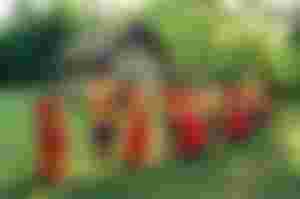
Jatra:
Jatra(Folk Drama) is another essential section of Bangalee culture. It portrays fanciful scenes of adoration and misfortune. Unbelievable plays of chivalry are likewise well known, especially in the provincial zones. In close past jatra was the greatest amusement implies for the country Bangalees and in that sense for 80% of the populace since a similar level of the populace lived in provincial Bangladesh. Presently a-days Jatra has been set in the rearward sitting arrangement in the amusement time. Slowly western culture is involving the spot of customary culture like Jatra.
Conventional Transportation Means:
There are some transportation implies that are portions of the culture of Bangladesh. In rustic territories, bullock trucks, wild ox trucks, and tomtoms (horse trucks) are usually utilized. In old Dhaka once tomtom was a typical vehicle and still it is found, however uncommon. Bikes are utilized both in provincial and metropolitan regions. Palki (a container like a vehicle continued shoulders by six men) is wedding transportation implies. Ladies are conveyed to the grooms' places by Palki. Being a land mismatched by waterways, Bangladesh has a wide-ran custom of ship transport. Wooden vessel prevalently called Sawka is an essential method for rustic correspondence. A cart is a typical vehicle for Bangladeshis.
Apparel:
Bangladeshi ladies routinely wear Sarees. Jamdani was once world-renowned for it's generally imaginative and costly fancy texture. Muslin, a fine and creative kind of material was notable around the world. Naksi Kantha, weaved knitted interwoven material delivered by the town ladies, is as yet recognizable in towns and towns all the while. A typical haircut is Beni (wound bun) that Bangalee ladies are partial to. Customarily guys wear Panjabis, Fatuas, and Pajamas. Hindus wear Dhuty for strict purposes. Presently a-days regular dresses of guys are shirts and jeans.


Government and non-government associations like Bangla Academy, Nazrul Institute, Bangladesh Shilpakala Academy, Fine expressions Institute, Chhayanat, and so on assume huge function to thrive Bangladeshi craftsmanship and culture giving consolation in music, show, move, recitation, workmanship, and so on. Numerous other social associations are likewise promoting Bangladeshi workmanship and culture.






